#008 Temporalities don't need to be rescued, but honored

At Temporality Lab we study the world by studying time. Greek philosophers such as Aristotle and Heraclito said "time is the measure of change" and "change is our only constant". But is beyond that. Time is what informs the reality, it is the mind, is the memory of space. So I call Temporality a state of our existence in time or the way we relate to time. TO be related is to be in a relationship with. How is your relationship with time?
"All that you touch you Change.
All that you Change Changes you.
The only lasting truth is Change.
God Is Change."
– Octavia Butler, American science fiction author
We also question the current temporality as individuals and as a society. We are Temporality Researchers – or Temporalists – seeking in ancestral and emerging narratives other possibilities of existence. Wich means we experiment with other temporalities through a decolonial approach.
Y así ha sido desde siempre, desde el infinito
Fuimos la gota de agua viajando en el meteorito
Cruzamos galaxias, vacío, milenios
Buscábamos oxígeno, encontramos sueños
Somos una especie en viaje
No tenemos pertenencias sino equipaje
Vamos con el polen en el viento
Estamos vivos porque estamos en movimiento
– Jorge Drexler, Uruguayan musician
We see individual habits and behaviors as language assets. They are shaping, influencing, and being influenced by collective agreements that are social, cultural, political, economic, ecological, religious, philosophical, ethical, aesthetic, and ontological.
A brief recap of what we talking about here. Time is the driver of existence. The fourth dimension informing space and matter about how to perform and behave. In the last seven days, a week, we talked about seven tones, the cosmic vibrations representing the qualities of time in 4 major groups: expression, experimentation, integration, and transcendence.
Tones of expression:
1. Magnetism (purpose, an essence that unifies and sets the why)
2. Polarity (challenge, the journey from what we are to what we can become )
3. Electricity (service, what activates the collective energy to do the work)
4. Autopoiesis (definition, self-existence, the form that our actions need to take)
Tones of experimentation:
5. Potency (radiation, the overtone, what commands in order to potentialize)
6. Rhythm (balance, organization, the pace at we walk our paths)
7. Resonance (attunement, channeling inspiration, collective work)
Now we come back to our origin, to the star in the galactic center that inspired us to start. (Sagittarius A*, can you remember?). We lived so much and talked about so much that sometimes we lose parts of ourselves. We lose integrity.
8. Integrity (harmonize and model your present self with learnings from the past, to remember where we all came from before)
In the past, people dedicated to living their full journeys in time, the ones today we call saints, they were considered wholly (living fully, integrally) before holy.
To your self-reflection:
Do I live what I believe in?
Paradoxically, this point of return to our origin is also a "point of no return" from the worldview of ignoring everything else and just living our lives and paying our bills. It is a portal. It is our calling to something else other than the relationship with time as money, or time as a utility. It is the point we should feel, in some level, deep inside, that time is Art. The Yellow Star is the invitation to see art, elegance, and beauty in the universe. By the way, the opposite of order is not chaos, but cosmos. It means beauty. It is the archetype of the Artist. The reconnection with the inner voice of your Artist we talked in #002 Contratempo. God is an artist showing us how to notice beauty on this journey.
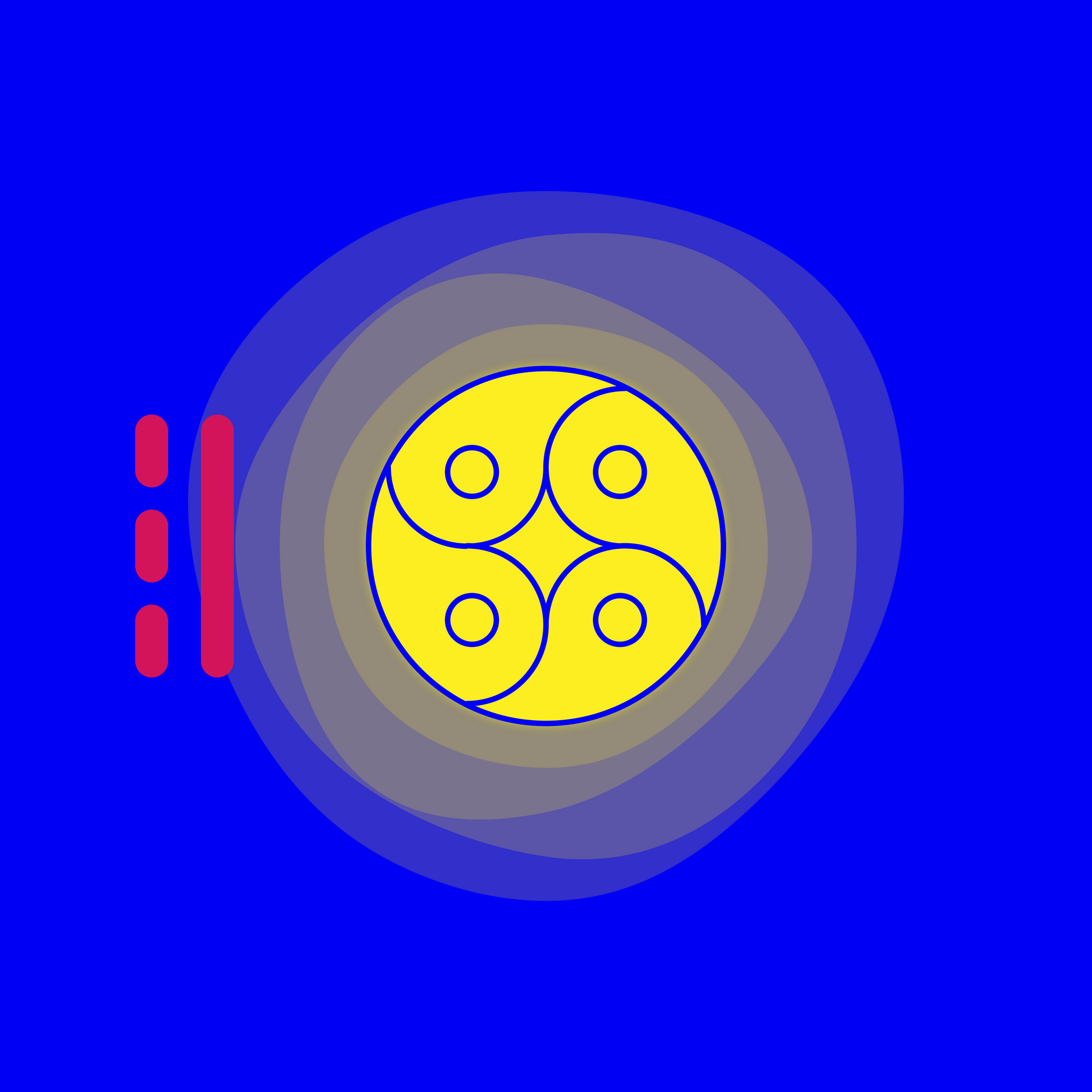
"Those who cannot remember the past are doomed to repeat it"
– George Santayana, Spanish (raised in US) philosopher

Researching with Morena Mariah, Afrofuturism Researcher in Brazil and also my good friend, we discovered and studied the work of John Mbiti. Mbiti is a Professor of African Philosophy and Religion that has discussed the African concept of Time in the context of the religious thought system of Africans.
In this perspective, he wrote that the African concept of Time is the key to our understanding of the key philosophical concepts of the people. He wrote that the concept of time may help to explain the beliefs, attitudes, practices, and general way of life of African people, not only in the traditional setup but also in the modern situation (whether political, economic, educational or church life).
We live an inadequacy of grammar about our time. There are as many temporalities as grains in the sand. It is something pluriversal, constituted of the sum of all the events interacting with each other. John Mbiti explains that when foreigners, especially from Europe and America came to Africa and see people sitting down somewhere without, evidently, doing anything, they often remark, “These Africans waste their time by just sitting down idle”. It is easy to jump to such a conclusion, but such judgments are based on ignorance of what time means to African people. Those who are seen sitting down, are actually not wasting time, but rather they are getting ready for time.
"Devagar também é pressa / Devagar também é tempo / As coisas mudam no devagar depressa dos tempos. (Slow is also hurry / Slow is also time / Things change in the slowly fast of times.)"
– Guimarães Rosa, brazilian novelist
They are everywhere. I already study temporalities based on the cosmovisions of people such as the huge ethnic group Bantu, from Cameroon to South Africa. The Dogon, from Mali, Africa. The Himba, from Namibia, Africa. The Yoruba, from Nigeria (deriving from Egypt), West Africa, and also being the roots for the Candomble and Umbanda, African matrix religions in Brazil. Also such as Huni Kuin, Brazil. Yanomami, Brazil. Guarani, Brazil. Tupinambá, Brazil, indigenous people from Pindorama (as I mentioned how Brazil was known before colonization).

To share with you one of this cosmovisions, the Bantu (also called Bakongo) people. A group of people from where Cameroon is today to the fertile lands on the banks of the Kongo River, with the people who were already there, no one knows since when. I studied in depth about their cosmovision with the books of Bunseki Fu Ki Au. Once I saw an article saying we should learn less Foucault and more Fu Ki Au at school. I agree.
We start with the Bantu Cosmogram. Is the wheel of the spiral time.

The cross is Dikenga. It means "in between times". The vertical time is mind, frequency, or what we call spirit. The horizontal time is space, community, the river from where every community derives, or our expressions in matter. The circle is the representation of the understanding that everything returns. It is the journey of the sun, from sunrise to sunset and going to darkness until the next sunrise. Also is the journey we live in our lives and in many lifes, since when the circle repeats itself we have a spiral.

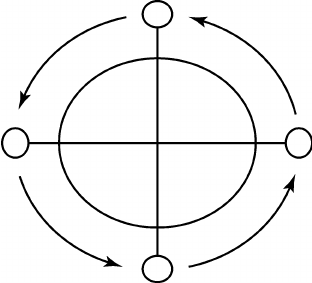

Diadi nza-Kongo kandongila: Mono i kadi kia dingo-dingo (kwènda-vutukisa) kinzungidila ye didi dia ngolo zanzingila. Ngiena, kadi yateka kala ye kalulula ye angina vutuka kala ye ka-lulula. Here's what Kongo cosmology taught me: I'm going-back-and-forth around the center of life forces. I am because I have been and re-been before, so that I will be and re-be again.
– Bunseki Fu-Kiau
I will tell you more about the bakongo cosmogram and other concepts that change our worldview, our understanding of the world, and our temporality, our relationship with time. To finish, in order to decenter our relationship again, I'm sharing some writing I did in Turkey last year, channeling and flowing with the words like I suggested yesterday while explaining resonance. I was on the top of Mount Nemrut. These words tell you more about my experience with other temporalities, but don't read thinking too much...
Now: Who are my grandparents? They were coming from the stars, very old. When did they arrive? Thousands of years ago. What did they come to do? To sow. Everything has life and is life. The human is just a technology of life. Ego and separation make you believe that you are the most perfect individual being, but it is only an expression of the perfection of the divine plans for the whole (and contained in the whole). Everything is perfect and evolving.
The Human is surrounded by other technologies that also promote a learning place to all life: animals, plants, stones, fungi. But everyone's goal is to experience life. The human is a life project to sensualize (in the sense of experiencing) with all creation. But it gets lost between fear, guilt, rejection, (the pride of its own) image. Inform yourself about the (so-called) root neuroses. For all of them, the solution is love. It's shocking for humans to hear that they were created by life, but everything was. To recognize oneself as a project is to understand that there is a beginning and an end (of the human event, of the experience as a human). An arrival, an opportunity to retain idiosyncrasies acquired in a coherent way, to retain the learnings that are located inside the membrane of the identity/s, but there is also an after. (It's not the end. It's an end. A new beginning)
The purpose of human life is to become more than human, not an expanded human (or h+ as transhumanists call it). This is true transcendence. Many of those who are recognized today as saints and orixás are on this path. Many before them, in eons of creation (even before the Earth and the Sun), have gone through the same path, although it is the illusion of separation that worships them as gods and goddesses and not as parts of the Life as God. Because God is Change. Faces of the same creation. The reflections we see in front of the mirror in front of creation are infinite. When the time comes, you will understand that the name of what they do (our mission now) is not defined in an area of human activity. It is rather a journey in defense of life (and in celebration of life) as a more than human essence.
For before and beyond human time. Time, by the way, is a technology for the multiple, infinite, fractal learnings in many dimensions to be realized, felt, incorporated, and extracorporeal events, one at a time. (Time) is an organism of experience. But life more than human exists beyond time – although it respects its cycles and those of those who are in it (as they do right now, in this communication). Detachment, minimal effort, following the flow, and the TAO path, are ways of remembering during human life that life is not just human. Even inside the human, there is more life than you can imagine.
From the reptilian brain, its evolutionary mammalian counterpart, from the colonies of bacteria, from the portals of power called chakras that are what synchronize all life in a single experience, a single vibration. Now that you know, now that you remember, I share with you the focus of our work. Finding groups and bringing/receiving/sharing love is the focus. Remember that love is a verb. Action to be performed, transformed. “It's just being” but demands conscious action. Support creative initiatives in tune with other temporalities. We will know which ones and how. (This message is not just for me). We are a collective intelligence, moving together. And so it is.
Gustavo Nogueira de Menezes
NS1.34.11.25, Thu 26 May 2022
Kin 008 Yellow Galactic Star



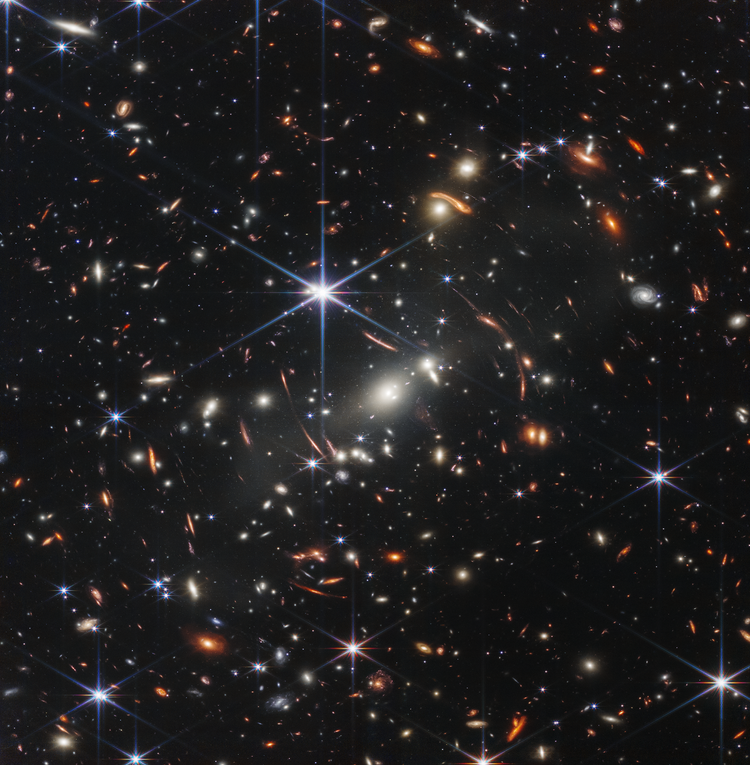
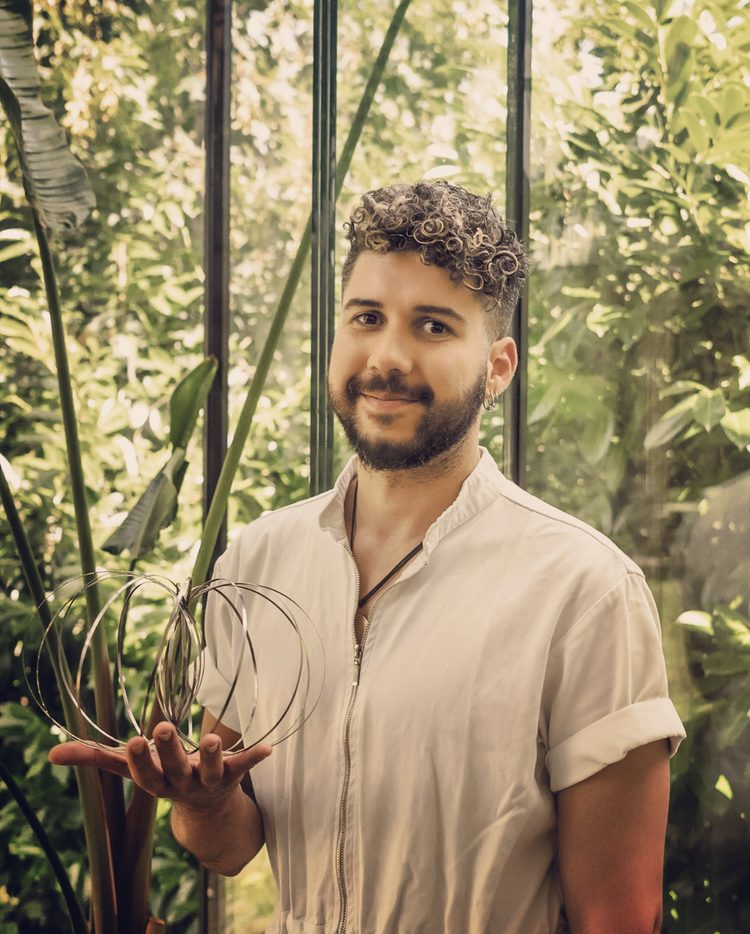
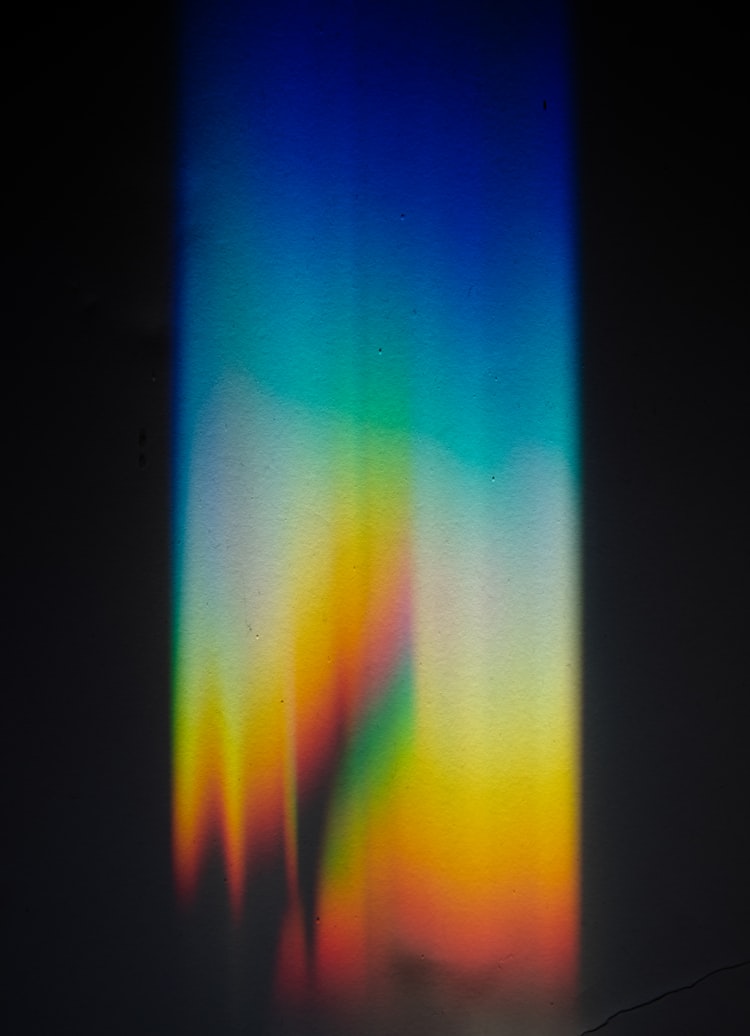

Member discussion